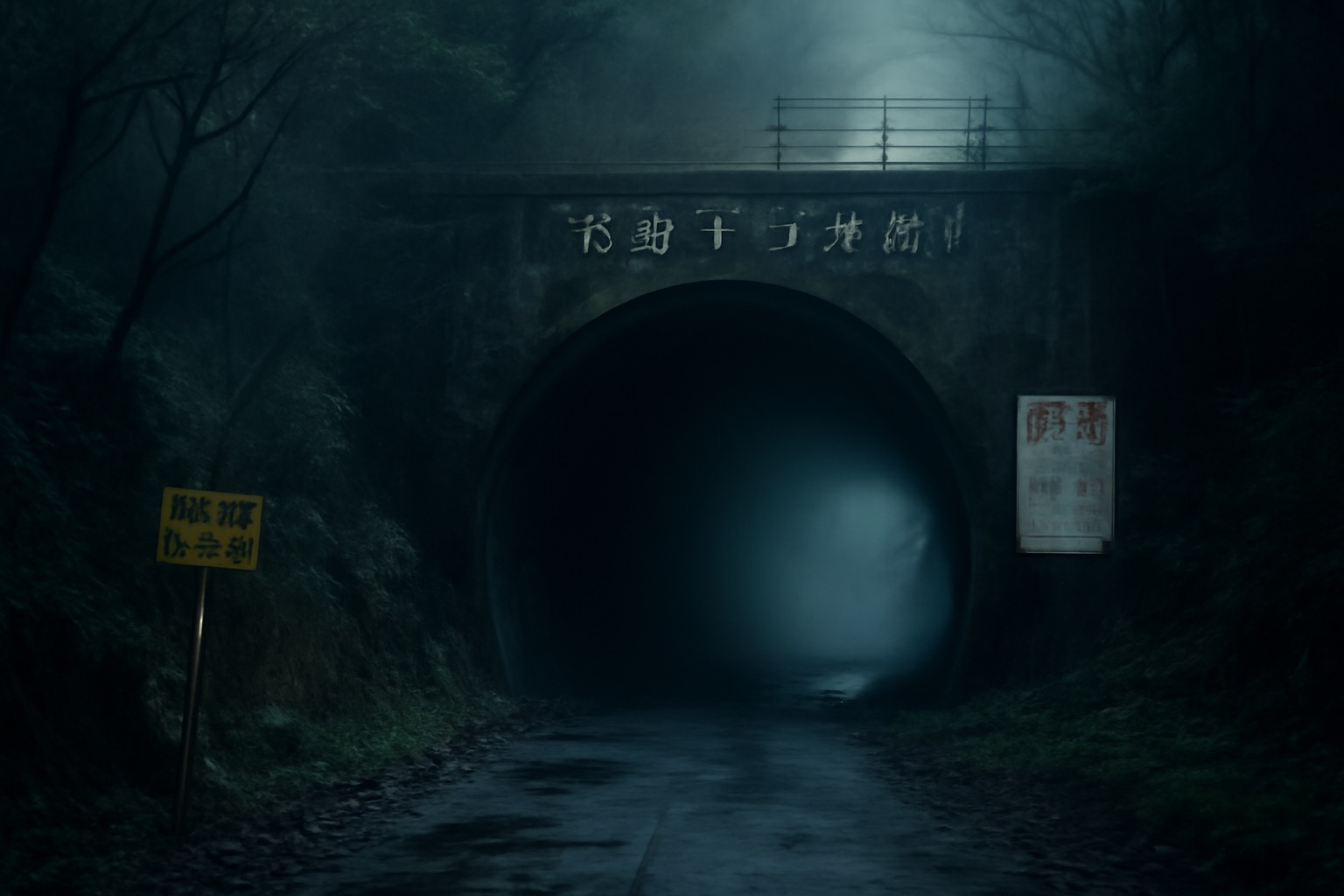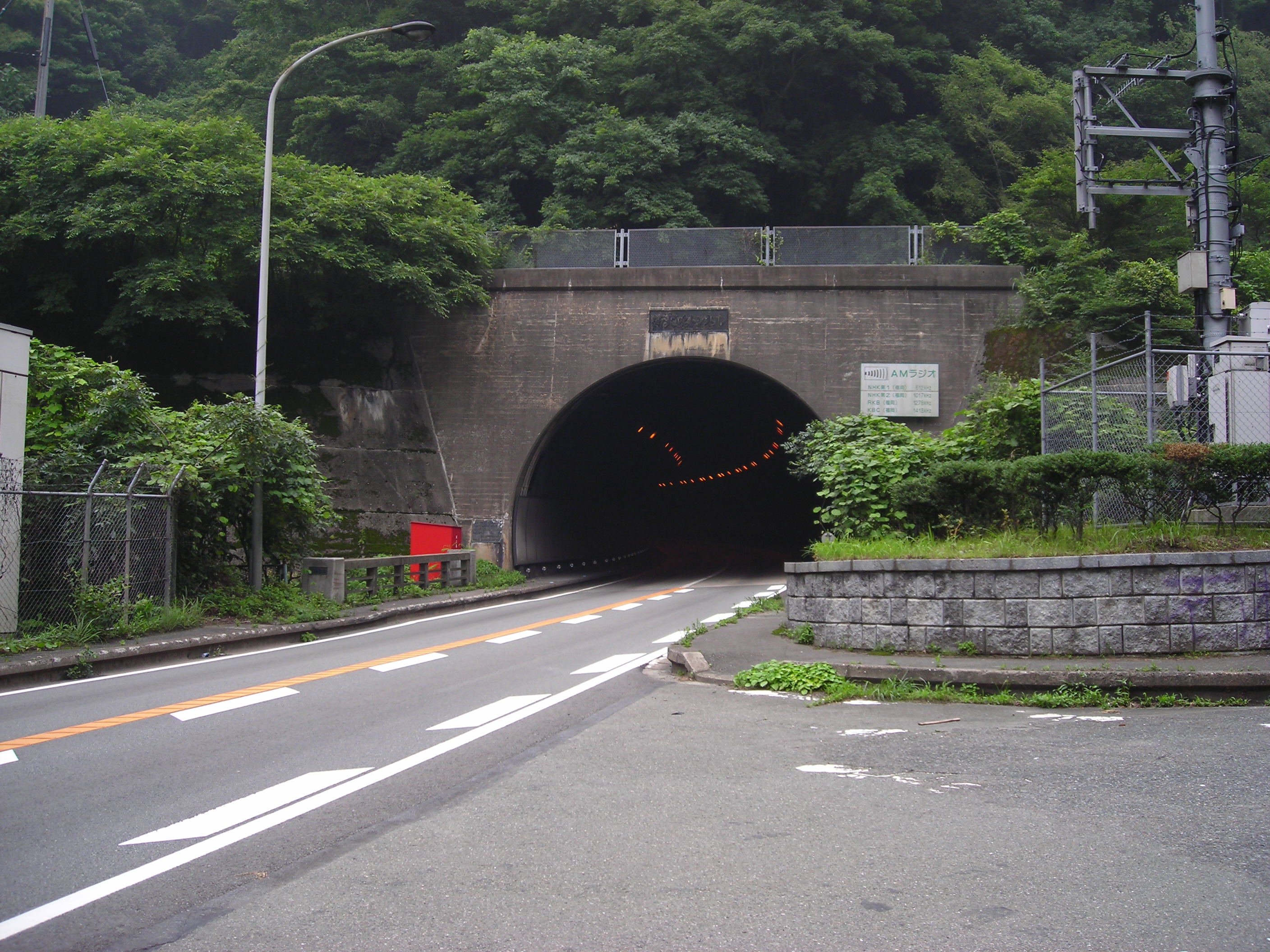Urban Legends from Japan – Strange Tales, Mysterious Encounters, and Modern Myths
Inunaki Village: Japan’s Most Forbidden Legend and the Hidden History No One Talks About

In the shadowed mountains of Fukuoka Prefecture, a legend persists—one that blends horror, conspiracy, and cultural memory into a singular, haunting myth. This is the tale of Inunaki Village, often hailed as one of Japan’s most terrifying urban legends. But beyond the sensational accounts lies a web of deeper historical threads, dark folklore, and unsettling truths.
A Tunnel to Nowhere
The Inunaki Tunnel, long sealed and marked with graffiti warnings such as “No entry beyond this point” and “The Japanese Constitution does not apply here,” is said to be the gateway to Inunaki Village. Stories abound of mysterious disappearances, violent locals, and attacks on outsiders who venture too close. Some claim that a white car with Shimane license plates was destroyed and abandoned near the tunnel; others cite ghostly apparitions and unsolved crimes.
Between 1988 and 2001, a series of real events—including a gruesome murder, corpse abandonment, and a fatal accident—fueled the legend further, leading many to wonder: is this simply an urban myth, or a deliberate attempt to obscure darker truths?

The Conflation with the Damned Village
The 2020 horror film Howling Village (Inunaki Mura) popularized the myth internationally but also blurred historical distinctions. In the film, “Inunaki Village” is conflated with a real place—Inunaki Valley Village, which was submerged during the construction of the Inunaki Dam. According to some researchers, the very myth of the haunted village was fabricated to divert public attention from this historical displacement.
The Forbidden History: Mountain Cults and Exclusion Zones
Local reports reference a location known as Chigo-Otoshi (Child-Dropping Cliff), a place where infants were allegedly sacrificed in ancient times. Pilgrims once ascended these mountains for spiritual training, and certain areas were considered women-prohibited until recently. Shugenja monks and practitioners of esoteric mountain Buddhism are said to have wandered these paths—paths where many reportedly died during their ascetic trials.
Stranger still, modern-day accounts tell of encounters with new religious cults, abandoned shrines, and luxury black cars near ruined temples—suggesting covert activity that ranges from spiritual to criminal. Local informants even speak of a yellow rope that one must never let go of when ascending certain paths, said to be cursed.
The Arirang Valley and Vanished Communities
Academic researcher Kaoru Torikai’s paper, “Generating the Image of Inunaki Village from the Concept of ‘Chikuho’,” suggests that the mythos of Inunaki Village aligns with real-world phenomena: so-called outlaw villages or mudaboro communities that existed in coal-mining regions.
One such location is known as Jigokudani (Hell Valley)—also referred to as the Arirang Valley, home to Korean miners who settled there in the Taisho era and could not return home. These villages were often deliberately excluded from maps and state governance. According to Torikai, Inunaki Pass served as a physical and symbolic threshold between mainstream Japanese society and these marginalized enclaves.

A Veil for Something Even Darker?
But what if even these “outlaw villages” are a cover story? Some researchers speculate that the Inunaki legend was designed to mask a deeper secret: the existence of hereditary spiritual sects or secret religions that practiced ancient rituals, including spirit possession by inugami (dog spirits).
Historically present in parts of Kyushu and Shikoku, inugami-tsuki was believed to be passed down through bloodlines, often associated with ostracism and mysterious deaths. It is speculated that children born with unique spiritual attributes were culled or hidden away and trained in ascetic traditions. These lineages may still persist, cloaked in secrecy, possibly maintaining influence in modern society.
Final Thoughts: Legend or Long-Held Truth?
Inunaki Village, whether real or not, serves as a mirror to Japan’s social taboos—on race, religion, marginalization, and memory. It is a story that resists being forgotten, precisely because it hides something we’re not supposed to know.
As with all enduring legends, the truth may not lie in a single location or a single event, but in the convergence of many—buried beneath the tunnels, beneath the forest, and perhaps, beneath the nation’s collective consciousness.
Reference: Inunaki Pass – Japanese Wikipedia (in Japanese),Kaoru Torikai, “Generating the Image of Inunaki Village from the Concept of ‘Chikuho’” (in Japanese).
※ Unauthorized reproduction, video creation, and uploading of this article's content to YouTube, blogs, or other platforms is strictly prohibited.
Related Articles
Popular Series
This is the page for Inunaki Village: Japan’s Most Forbidden Legend and the Hidden History No One Talks About. Find the latest news about inunaki and more on TOCANA - the paranormal news media that stimulates your curiosity
Urban Legends Latest Articles
Did I Slip Into Another Timeline? A Chilling Encounter in Shibuya That Changed Everything
2025.06.23 02:00 Urban LegendsYamashita’s gold: Japan’s Greatest Wartime Legend Buried in the Philippines
2025.06.11 08:00 Urban LegendsSaru Yume: The Terrifying Japanese Urban Legend That Says Dying in a Dream Means Dying in Real Life
2025.06.09 08:00 Urban Legends

